List of Authors
>>About this blog
Recent blog post
|
[Hanes]
January 10, 2019 14:00
Hello. This is a new correspondent, Hanes. 
Join us on a tour for correspondents (it is a privilege of correspondents who can tour places that are not usually open to the public)
The other day, I went to Tsukiji Outer Market with Mr. Kozaru, a senior correspondent who was getting along well.
One of the merits of becoming a correspondent is that you can also interact with those who are interested in the history, culture, gourmet, events, etc. of Chuo-ku.
If you are looking for a companion to walk around the town, or if you are looking for a pioneering partner for Ginza / Tsukiji gourmet, please
Why don't you take the Chuo-ku sightseeing test and aim to be a correspondent?
By the way, the new specialty of Tsukiji in the title is the grand opening on January 11th.
You can have it at TSUKIJI DELI Tsukiji alley back store produced by Tsukiji Oomiya Beef Store.
The place is on the left side of the narrow passage between Isemasa, a marine product, and Tsukiji Kimuraya, famous for Anpan.
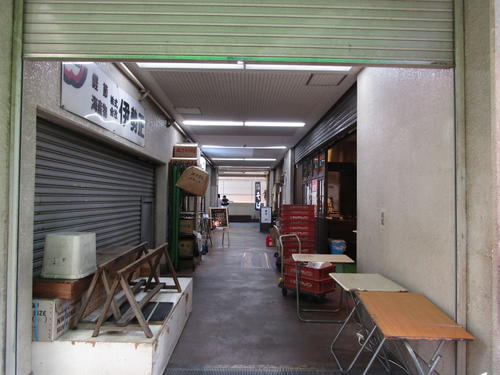
(It's around where you can see the signboard.)
The interior of the store has a brick motif that reminds you of Tsukiji during the Tsukiji Reservation period, and is stylish.
And because it is located behind the alley as you can see in the store name.
It's calm enough to think, "Is it really a Tsukiji Outer Market?", It looks like a hideaway.
Isn't it a perfect place when you want to relax a little in Tsukiji, where there are many people?
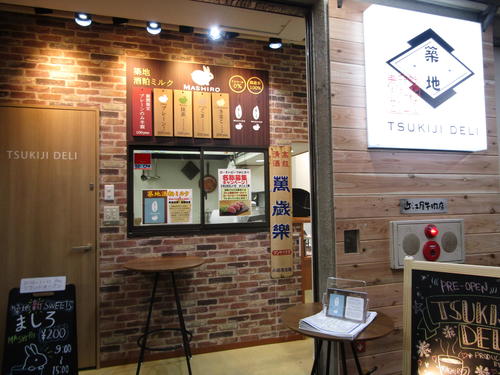
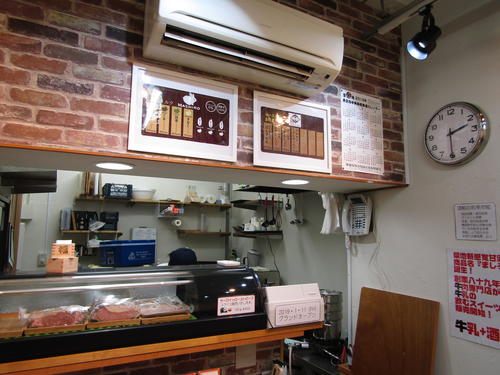
And the menu that is expected to become a new specialty is the menu.
Tsukiji sake lees Milk Mashiro (MASHIRO) and roast beef rice ball (RBO).
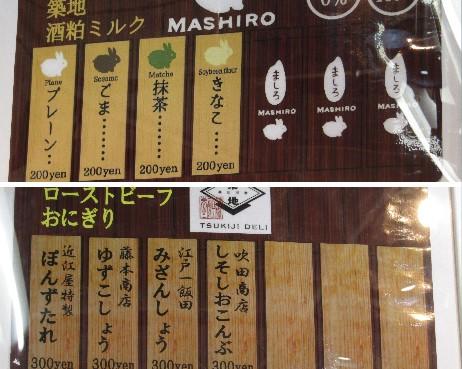
The visit was a pre-opening period before the grand opening.
We were able to get more (Plain) for half price of 100 yen!
The white rabbit (based on the legend of Kaga's Moon Rabbit) is very cute and seems to be a girl.
It's not just cute.
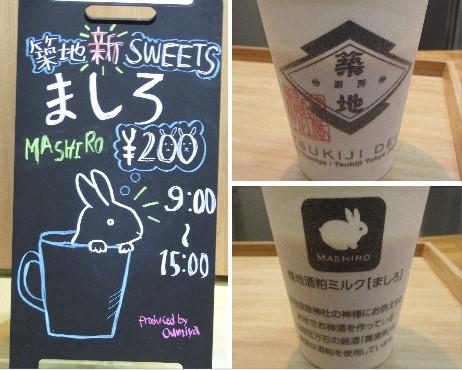
This drink was made of rice offered to the god of Tsukiji Namiki Shrine.
It is a blend of precious sake lees and milk from Kaga Hyakumangoku famous sake "Manzai Raku".
It is a drink close to the god who has been watching Tsukiji for a long time since the landfill and construction of Tsukiji.
It can be enjoyed by drivers, regardless of men and women of all ages.
Another point is that it is non-alcoholic.
The scent is very similar to the usual amazake, but I was surprised to drink it!
Certainly, you can see that sake lees are contained, but the richness of milk is as effective as sake lees, and it is very smooth.
It is a sweet that you drink with a new sense that you did not seem to have ever existed.
And sake lees have a lot of nice effects.
It is said that sesame, matcha, and kinako flavors are also recommended because each taste comes out.
Next time, I would like to have other flavors.
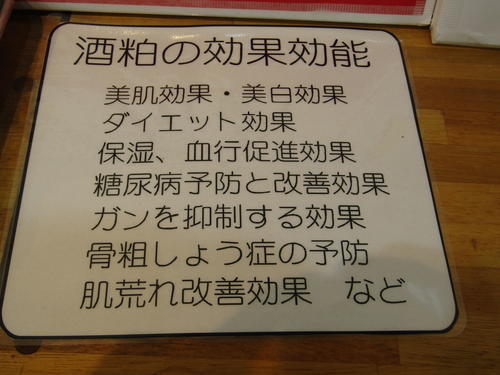
Also, the roast beef in the case seemed to be too delicious.
I also had roast beef rice balls!
This is a roast beef of serloin, which has been established for 90 years this year, with the reputation of Oomiya Beef Store.
This is a kind of collaboration product that incorporates ingredients from shops in Tsukiji Outer Market as ingredients.
It seems that there will be six types later, but the tools at the time of the visit were "Oomiya Special Ponzutare", "Fujimoto Shoten Yuzukosho", "Edo Ichi Iida Mizansho", and "Suita Shoten Shisoshi Okonbu".
All of them look delicious and get lost.
Meanwhile, we chose "Suita Shoten Shisoshi Okonbu" (Kozaru-san) and "Fujimoto Shoten Yuzu Kosho" (Hans).
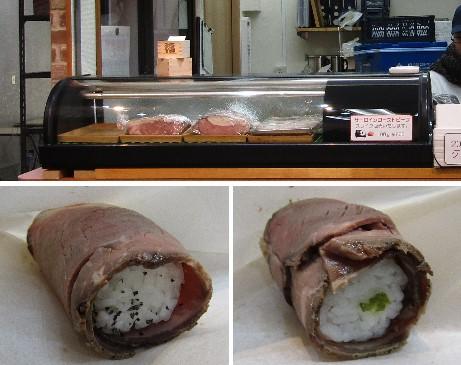
(Lower left: Shisoshio konbu, lower right: Yuzukosho)
The roast beef is very soft and I think, "Isn't it easier to bite than laver rice balls?"
Because it uses about 4g of roast beef, it has a volume.
I was thrilled that the rice ball part is rolled multiple times instead of one roast beef.
According to the shop, yuzu pepper is different from what you usually imagine, and it was fresh and a little bit crisp.
That's exactly right, the scent is very good, and I feel like "Yuzu pepper was so delicious ." ."
The solid taste and commitment of the store providing the ingredients were also shining.
Tsukiji is also famous as a tourist destination, but it is also a workplace.
The TSUKIJI DELI Tsukiji alley back store introduced this time excites the Tsukiji outside market with new products (new specialties).
It seems that people working in Tsukiji can also drop in casually and aim to make it a shop that can be used.
Of course, the word of mouth of tourists is also helpful, but it is those who work in the land who know hidden famous shops.
Even in Tsukiji, there are many shops that have become popular because they are said to be "Tsukiji professional purveyors" or "Tsukiji site related purveyors".
Therefore, it is also important to gain the support of those who work at Tsukiji.
This is currently called "Roast Beef Onigiri (RBO)", but we are actually looking for a name! (Deadline is February 28, 2019)
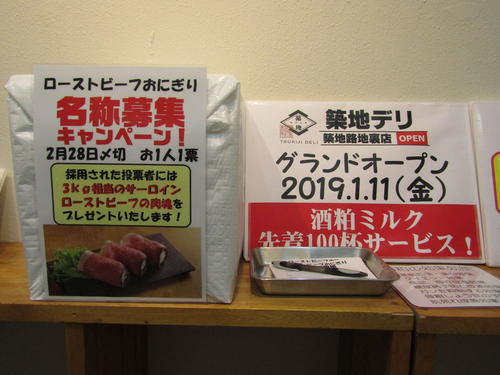
For those who have been hired, what! A meat chunk of sirloin roast beef equivalent to 3kg will be presented.
When you showed me how much it actually is, it seems to be this much.
Isn't it quite a lot?
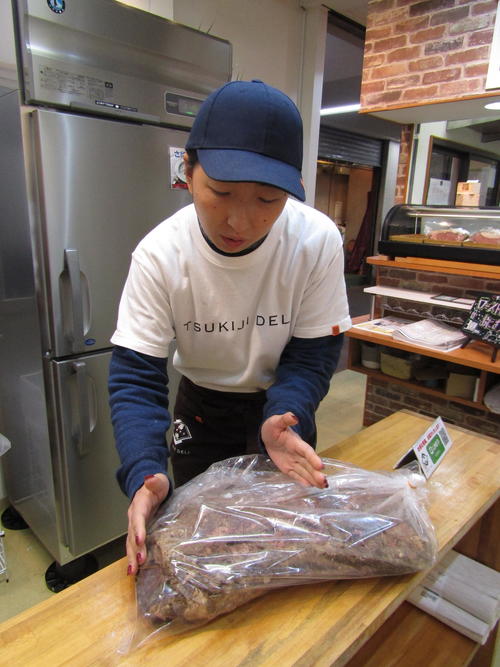
When you come to Tsukiji, please taste this rice ball and participate in the name recruitment campaign.
There's not a lot of such a luxurious and hungry campaign.
In addition, mackerel miso boiled (frozen), which was taken over by Chiaki third generation of fish riverbank, is also treated as a hidden specialty.
It's thick, has a strong taste and looks delicious.
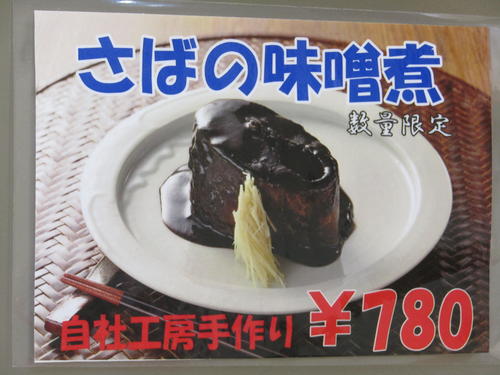
In addition, we also sell goods such as fashionable bags, T-shirts, and can badges with cute rabbits.
When you shop at Tsukiji, the number of plastic bags will increase, right?
In such a case, this bag is just right for putting your luggage together, and the town is well attached.
I'm glad that it can be used as a souvenir of Tsukiji and can be used everyday.
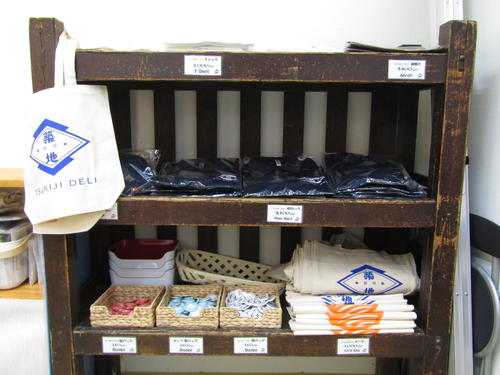
The shop is kind and comfortable, and I think it is a shop that will become more and more talked about in the future.
Why don't you go to taste the new specialties a little earlier?
■TSUKIJI DELI Tsukiji alley back store
Address: 4-14-1, Chuo-ku, Tokyo Monte Velde Tsukiji 109
(A little further along the narrow passage between Isemasa and Tsukiji Kimuraya)
Business hours 9:00~15:00
Regular holidays: Day, celebration
Take-out response: Allowed
Official Facebook: Here
Official LINE: Search for "TSUKIJI DELI alley back store"!
※We have received permission for introduction from the shop.
[Hanes]
January 9, 2019 12:00
Hello. This is a new correspondent, Hanes. 
This time, the extra edition of the river / bridge edition, it is a maniac content that is not questioned by the certification, so it is a maniac content.
I would appreciate it if you could use it as a reference when taking a walk....
And it is the bridge lights and lighting fixtures that will be picked up in advance!
In April, when I wrote a modern version of "Hashizukushi" with Yukio Mishima's short novel "Hashizukushi" in one hand.
I learned that the bridge light of Miyoshi Bridge is Suzuran Light.
Since then, I have been watching the bridge lights carefully when crossing other bridges.
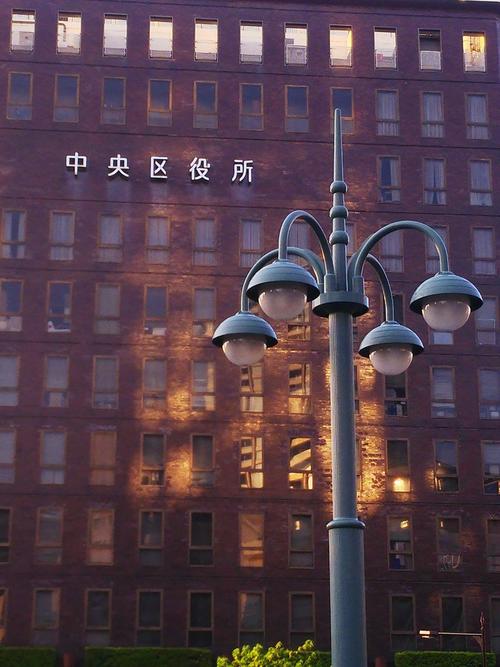
■Reigishi Bridge
Like alternating in the inflorescence (one in each node of the stem)
Polygonal bridge lights at different heights...It's simple but fashionable, isn't it?

■Shin-Kameshima Bridge
This bridge light is different from those of Reigishi Bridge and has an impressive curve.
It looks like a long herbivore dinosaur with a long neck.
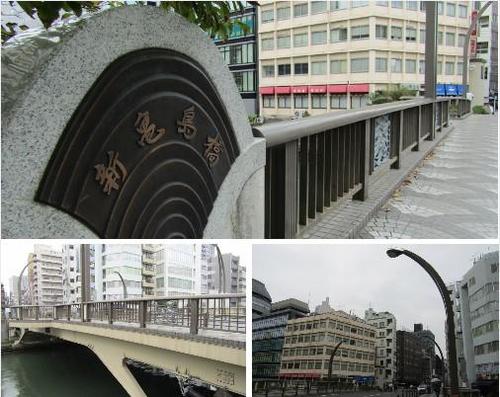
■Kameshima Bridge
There are two types of bridge lights that can be seen with white spheres.
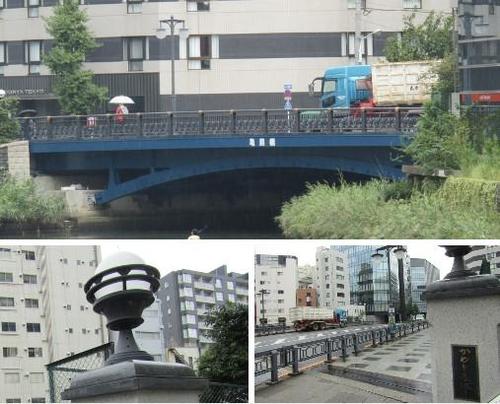
■Minami Takahashi
At first glance, there seems to be no lamps, but it is firmly attached.

■Edobashi
The lighting fixtures attached to the solid main pillar are impressive, and the bridge lights are somewhat Western-style.
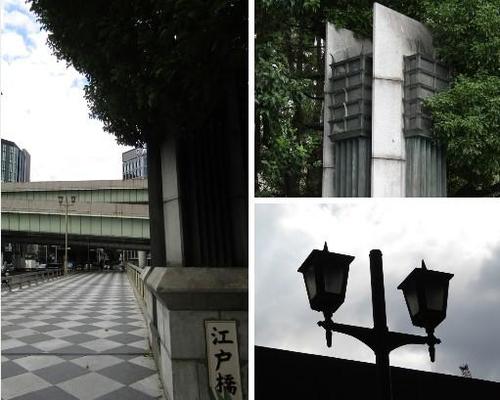
This time, I did not mention it, but the bridge lights of Ryogoku Bridge with the same design as at the time of completion.
It has a unique design that differs for each bridge, such as the bridge lights of Kiyosu Bridge designed like a lamp.
When you start watching it, you will notice the fun.
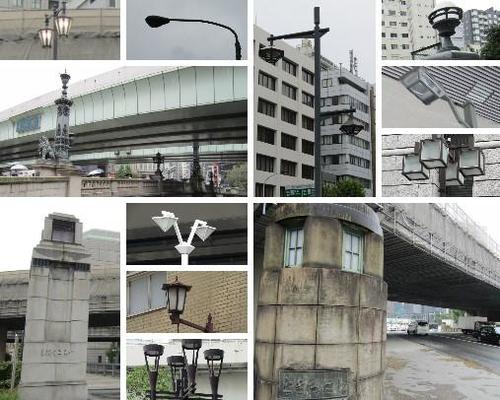
(Part of bridge lights and streetlights in Chuo-ku)
Some of them are characteristic, such as Suzuran Light, that are featured in novels.
Bridge lights and lighting fixtures have been entertaining our eyes both now and in the past.
[Hanes]
January 8, 2019 09:00
Hello. This is a new correspondent, Hanes.   As Y o-chan introduced on New Year's Eve, there are many routes in Chuo Ward, each of which has a nickname. Among them, there are favorite streets that you want to go when you are personally depressed. That's Yokadori (Happy Street)! The starting point is Yaesu 1-chome 8 and the end point is Nihonbashi 3-chome 5. It seems that Yaesu's "eight" and Nihonbashi's "day" were taken for eight days (happi).  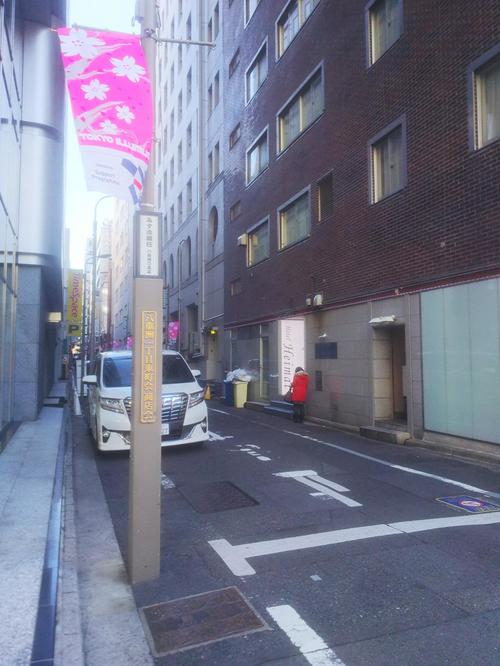 It's a sound that makes you feel happy. But it's a great deal, so please take a look at the English name. 
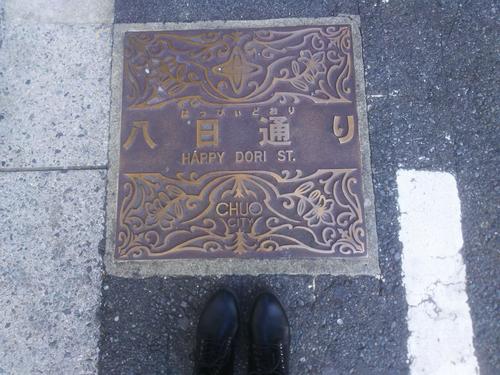 HAPPY DORI ST. HAPPY DORI ST.Not only the sound, but it's a really happy street! It's like a "small happiness discovery  ", but it's a street where you can relax. Of course, there are also large streets in Chuo Ward where traffic restrictions are enforced at Hakone Ekiden, such as Kajibashi Dori and Chuo-dori. 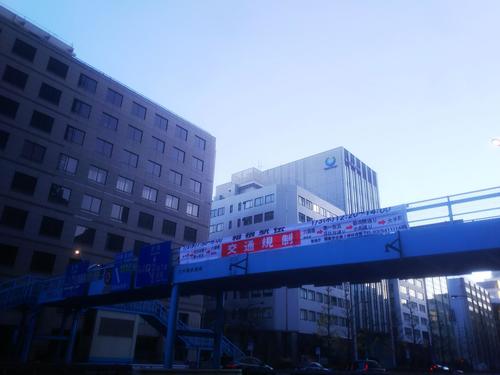 However, when walking around the town, pay attention to the nicknames and characteristics of these streets. I'm sure that walking around the town will be more fun  For those who live in Chuo-ku and those who come to Chuo-ku, May 2019 be a happy year... [Reference Website] Chuo-ku government office "List of nicknames for Chuo-ku Road (Nihonbashi area)"
[Hanes]
January 6, 2019 09:00
Hello. This is a new correspondent, Hanes. 
This time, we will take up the landfill of rivers in the final round of [Chuo-ku Tourism Certification Measures] River and Bridges.
(Click here for previous articles → (1), (2), (3))
Due to many rivers and diggings, the current Chuo-ku has been called the "city of water" since the Edo period.
However, over the years, rivers have been reclaimed, and their remnants can be known from the information boards and the remaining main pillars.
When and what was landfilled, and how the town changed?...
If you remember such things like 5W1H, you can connect events with each other in a causal relationship.
The history of the development of Chuo-ku will be easier to come to mind. 
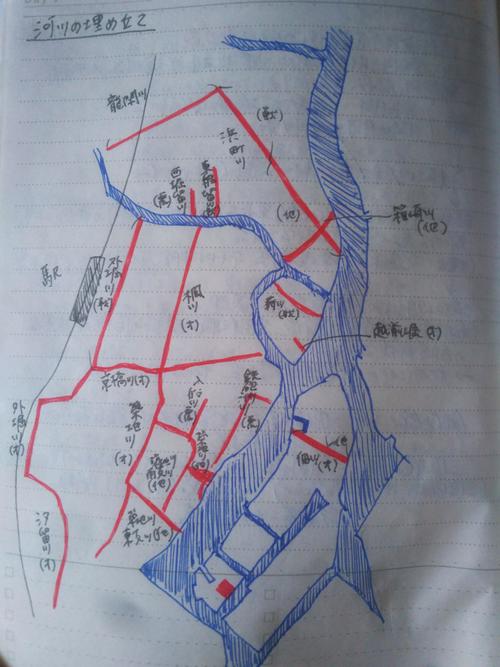
(↑ Page 1 of the countermeasure note at the time of last year's test inspection)
The events that triggered river reclamation can be broadly divided into the following four categories.
Earthquake reconstruction, war reconstruction, Tokyo Olympics, etc.
■Earthquake reconstruction
The Irifune River, the Tepposu River, and the Nishibori Ru River (Isecho Hori) were reclaimed at this early stage.
■Reconstruction of war
At that time, there were no vehicles or fuels carrying surplus soil or debris.
Therefore, rivers that are not very necessary as waterways are reclaimed with residual soil and debris to create land and create land.
The Tokyo Metropolitan Government's debris disposal measures were implemented to sell it and generate operating costs.
That was the landfill, and the northern half of the outer moat River and the Sanjuken River disappeared at this time.
■Tokyo Olympics (1964, 18th)
In preparation for the Olympics, highways, subways, and arterial roads were urgently developed.
Therefore, the Tsukiji River and Kaede River were reclaimed, and the capital height centered on Route 1 (4.5 km between Kyobashi and Shibaura) was constructed, and the Tsukuda River was reclaimed by the bridge of Tsukuda-ohashi Bridge (1964). Was.
However, because it was reclaimed too quickly, it was impossible to drain rainwater. 
Therefore, pumping stations of the Tokyo Metropolitan Sewerage Bureau were set up in Hamacho, Nakasu, and Hakozaki-cho.
<Aside>
The torch relay course is 1.5km between Kiyosu Bridge and Kayaba Bridge.
It was 2.0 km between Kayababashi and Kajibashi.
You don't have to remember in particular about river reclamation, but you don't have to worry about it.
If you know it, you will surely enjoy walking around the town.
※In this article, we will introduce some of the reasons for this.
If you learn the contents written here, you will not be able to pass it.
Please include it in advance.
Valuable Information| Ningyocho, Hamacho, Higashinihombashi area| Tsukuda, Tsukishima, Kachidoki and Harumi areas| Nihonbashi, Kyobashi and Yaesu areas| History, culture| Tsukiji, Shintomi, Minato area| Kayabacho, Hatchobori, and Shinkawa areas| Ginza area
Page top▲
[Hanes]
January 5, 2019 18:00
Hello. This is a new correspondent, Hanes. 
Although it has been a little vacant, it is a continuation of [Chuo-ku sightseeing certification measures] river and bridge.
(Click here for articles on rivers and bridges so far → (1) and (2))
This time, it is said that the junction of the three rivers, the bridge before and after that, and the four bridges are featured.
First of all, about the confluence of the three rivers and the bridge before and after that.
Suddenly, it's a problem!
・What is the first bridge to be built after the Nihonbashi River joins the Sumida River?
・Where is the Nihonbashi River divided into the Kamejima River near (place name)?
・What is the first bridge to be built after the Kamejima River joins the Sumida River?
I don't dare to answer this time, but those who can't answer the above problem suddenly.
Why don't you check before the test?
Next, it is said that the characteristics of the bridge 4 can be effectively remembered by actually seeing, writing (drawing)!
■Sumida River
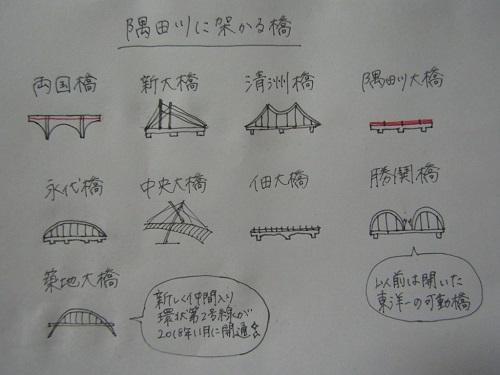
(Even if you don't have a picture, you won the game  if you can input the characteristics.) if you can input the characteristics.)
・Ryogoku Bridge (bridged after the great fire of the Meiryaku era. At that time, "Ohashi". Origin of bridge name → (1)
・Shinohashi ("Human Helping Bridge" that saved the lives of the people of Hashigami after the Great Kanto Earthquake)
・Kiyosu Bridge (a suspension bridge in Cologne, Germany) is modeled. Origin of bridge name → (1)
・Eitai Bridge (bridge to celebrate the 50th anniversary of Tsunayoshi Tokugawa's fifth generation. Japan's first steel truss bridge as a road bridge.
A tram was laid in 1904.
・Chuo-ohashi Bridge (between Shinkawa and Tsukuda. There is a "Messenger statue" commemorating friendship with Paris and Seine. )
・Tsukuda-ohashi Bridge (bridged in 1964 instead of Tsukuda's ferry). Tsukuda Bridge was removed due to the reclamation of the Tsukuda River. )
・Kachidokibashi (at the time of completion, it is called "the best movable bridge in the Toyo" and jumps five times a day.
In 1905, it began with a Kachidoki handed over to commemorate the fall of Port Arthur in the Russo-Japanese War. )
・Tsukiji Ohashi (a new bridge where Ring Route 2 passes.)
■Nihonbashi River
・Toyomi Bridge (It was also called Otome Bridge at the time of the bridge in 1698. The design looks like a ladder beside it.
The surrounding scenery is also described in Kitahara Hakushu's "Okawa Scenic" and Kafu Nagai's "Shokutei Nijo". )
・Minato Bridge (between Shinkawa and Hakozaki. The origin of the bridge name is that it corresponds to the entrance of Edo Minato.
・Kayaba Bridge (In the past, Minamizume was the shore of Kayaba (a storage area where kaya is cut and piled up), which is the origin of the bridge name.)
・Armor Bridge (a streetcar ran in Taisho-Showa. "Maison Konosu" and "Armor handing" are required. )
・Edobashi (Edobashi Hirokoji was maintained after the great fire of the Meiryaku era. In the Edo period, small shops gathered.
・Nihonbashi (bridged in 1603. The following year, it was the starting point of Gokaido. Check the 4 Hashizume Square!
・Nishi Riverside Bridge (the stage of Kyoka Izumi's masterpiece "Nihonbashi")
・Ichiishi Bridge (bridged as a wooden bridge in the early Edo period). Check the origin of the bridge name.
・Tokiwa Bridge
・Former Joban Bridge (Tokiwabashi Gate, one of the "Edo Goguchi" leading to Edo Castle front Otemon during the Edo period.)
・Shin-Tokiwa Bridge
■Kamejima River
・Reigishi Bridge (between Kayabacho and Shinkawa. In the Edo period, it was a low-marsh area full of reeds.
・Shin-Kameshima Bridge
・Kameshima Bridge (between Hatchobori and Shinkawa. Bridge in 1699. The current bridge is from 2002.
・Takahashi
・Minami Takahashi (reused part of the former Ryogoku Bridge). As a steel-frame bridge in the Meiji period existing in Tokyo
It's the second oldest after the old Dansho Bridge.
■Asashio Canal
・Asashio Ohashi, Asashiobashi, Harutsukibashi
・Triton Bridge (a moving path with a roof!)
・Reimei Bridge (Harumi-dori St. passes, parallel to Triton Bridge)
・Reimei Ohashi (a new bridge where Ring Route 2 passes.)
・Asashio Kobashi (approximately 113m bridge completed in 2003. Bicycles and pedestrians only.
■Other bridges
・Tsukuda Kobashi (bridged when Tsukuda Island is completed. Under the bridge, there is a large flag pillar used at the main festival of Sumiyoshi-jinja Shirine.
It is buried at the bottom of the river to prevent corrosion.
・Yanagibashi (Begins with a wooden bridge built by the old town. The Eitai Bridge is modeled.
It is also described in Kafu Nagai's "Peony Guest" and Riichi Yokomitsu's "Crest". )
・Shipping Bridge (it was over the Kaede River). In Higashizume, there is the residence of Shogen Mukai, the head of the Edo shogunate Mifune.
It was also called "Shogen Bridge" or "Pirit Bridge". )
The bridges introduced this time are not all, but each bridge has interesting episodes.
When walking around the town, check the information board at the side of the bridge. 
It may contain detailed information that is not available in the text, so it will be a study!
※In this article, we will introduce some of the reasons for this.
If you learn the contents written here, you will not be able to pass it.
Please include it in advance.
Valuable Information| Ningyocho, Hamacho, Higashinihombashi area| Tsukuda, Tsukishima, Kachidoki and Harumi areas| Nihonbashi, Kyobashi and Yaesu areas| History, culture| Tsukiji, Shintomi, Minato area| Kayabacho, Hatchobori, and Shinkawa areas
Page top▲
[Hanes]
January 1, 2019 09:00
Happy New Year
It's Hanes, a new correspondent!
Everyone, did you eat New Year's Eve soba at the end of the year? And did you go to new year worshipping on New Year's Day?
This time, we will introduce the traditions and culture of the Edo period related to the year-end and New Year holidays.
I would like to deliver a New Year's scenery in Chuo-ku.
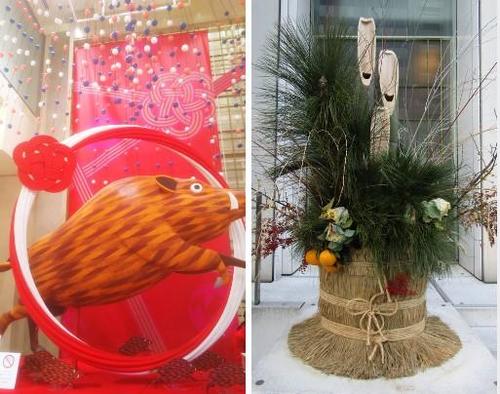
(Left: Ginza Mitsukoshi, right: Ginza Ukaitei)
■A story near the Edo period
It is now a soba that has become established as a food to eat at the end of the year.
Did you know that soba was actually popular in the Edo period?
It is said that night stalls called "Yataka Soba" flourished, and at its peak, nearly 4,000 soba shops lined up in Edo City!
At first, I was soaked in soba juice, but during the Genroku era (1688-1704), a way to eat juice was devised.
From this time, "Kake" (with hot juice) and "Mori" (with conventional juice) have been distinguished.
Since the Meiji era, "Zaru" (dispersed glue on "Mori") appeared.
And late Tokugawa shogunate came out of "Okame soba" (a few kinds of ingredients arranged on the side like a kame mask).
I'm worried about the differences between each soba shop lined up in Edo city.
■The story of the fish market in the Edo period
On the New Year's Day of the Edo period, it was customary to rest both the shopping street and the fish market.
It is said that the fish market clerks celebrated the adult day on New Year's Day, ate zoni, and spent sleeping.
However, some young people seemed to have gone to Eho-san (the prototype of new year worshipping) or to see the play.
At night, the Japanese lantern was hung without gaps so brightly that it was said to "blow the daytime."
We arranged seafood on a board boat and prepared for the first sale starting at 0 o'clock on the 2nd.
The first sale was so crowded that it was difficult to walk, but it seems that a lion dance called Ichibun lion that excites the mood sometimes entered.
Just listening to the story, it seems that the excitement of not pushing and pushing is floating in my mind.
■Kabuki
At Kabukiza, the first day will be celebrated on the 2nd.
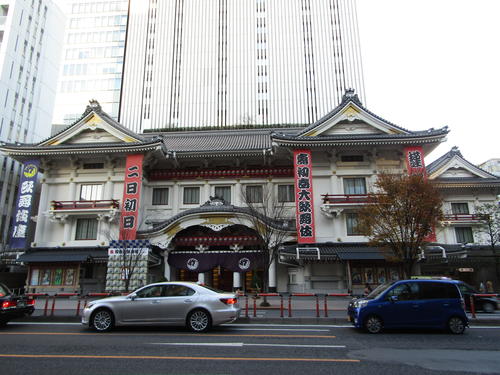
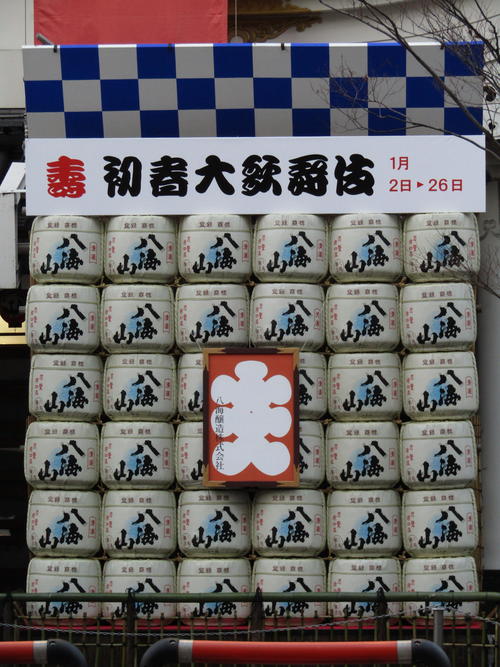
The birthplace of Edo Kabuki is also located in Chuo-ku.
It would be nice to try the traditional performing arts early in the New Year.
■<Aside> The story of a building in Chuo-ku in 2019
Chuo-ku, a construction rush, including Olympic athlete villages (later HARUMI FLAG) and numerous hotels and condominiums.
The environment for accepting foreign visitors to Japan will be enhanced, and the number of residents is expected to increase.
On the other hand, the preparation and construction of cultural facilities that are good for existing residents seems to be progressing one after another.
In July 2019, a high-rise building called Museum Tower Kyobashi (MUSEUM TOWER KYOBASHI) is scheduled to be completed on the site of the former Bridgestone Headquarters Building.
The Bridgestone Museum of Art later changed its name and entered the lower floors as the Artizon Museum (ARTIZON MUSEUM).
This will be a new base for cultural arts, and a lively atmosphere will be created in the (tentative name) Art Square, a plaza that will be maintained on the ground.
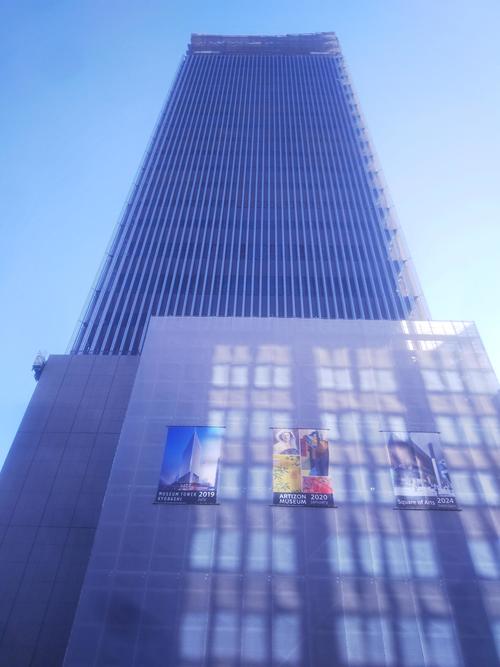
Also, in Shintomi, a complex facility such as a library (tentative name) Honnomori Chuou is scheduled to start construction in July 2019 (scheduled to open in 2022).
Please come and visit Chuo-ku, where the topic is constantly growing and every day this year.
Chuo City will never cease to amaze us :)
|
Links
|
![]()
![]()
![]()
![]()

![]()
![]()


![]()

![]()

![]()
![]()
![]()

![]()
![]()

![]()
![]() ."
."![]()

![]()

![]()
![]()

![]()
![]()

![]()

















